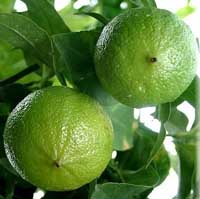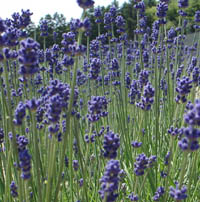|
Perfumes can be broadly classified using scents such as Floral, Chypre, Fougere, Marine, Oriental, Citrus, Green and Spicy.
Among each classification, there are many variations. For example, Floral can be further subdivided into Green, Fresh, Fruity,
Marine, Aldehyde, Ambery and Oriental. Some of these scents or aroma of the perfumes are believed to relieve anxiety and
depression, to reduce stress and to invigorate. More research has to be performed to substantiate such claims.
Perfumes can also be grouped into Women, Men, Unisex and Baby. The perfume men used might have different scent types to
distinguish their manhood from women or vice versa.
The composition of a perfume consists of Top Note (Fr: note de tete), Middle Note (Fr: note de Coeur) and Base Note (Fr:
note de fond). There are many ingredients belong to each note and perfumers love to use a combination of notes to compose
the desired perfume.
Examples of Top Note Ingredients: greens, bergamot, angelica, coriander, orange blossom, jasmine, peach, melon and gardenia.
Examples of Middle Notes Ingredients: lily of the valley, iris, white rosette, lavender, water lily, sage, orris, clove
and cinnamon.
Examples of Base Notes Ingredients: Amber, incense, vanilla, musk, civet, tonka bean, amber, sandalwood, cedarwood and
vetiver.
A whole section will be dedicated to the description of each perfume ingredient and the perfumes that used them.
| Bergamot as Top Note Ingredient |

|
| Lavender as Middle Note Ingredient |

|
| Oakmoss As Base Note |

|
|

